LARGE AQUAMANILE in the shape of a STYLIZED LION or CAT (?!) STANDING on its 4 paws,
CERAMIC or EARTHENWARE, FROM CANAKKALE in TURKEY, 19th century.
Ocher/mustard decoration enhanced with yellow-green spots. The chest is adorned with an applied rosette, glued with slip.
The word aquamanile comes from the Latin word for water (aqua) and hand (manus). It was a vessel shaped like an animal or person used for washing hands during religious and secular rituals.
It is amusing to see this very naive representation of the feline, which certainly does not look scary at all !
The lion's tail, quite lively, served as a handle and the whimsical spout of the curious pitcher.
A hole at the back, on one of the lion's hindquarters, was used to fill the piece with water but also needed to be plugged with a finger before pouring out the contents, under penalty for the user of being splashed.
The tail is wrapped around the back of the animal, serving as a handle.
Condition: restored, notably with several visible fractures on the animal's legs, apparently without missing or deficient original parts.
Dimensions:
27 cm height * 21 cm length * 7 cm width.
This aquamanile is the largest one among the references of similar pieces that I could find in the documentation (please check last photos). The very varied sizes (height and length) clearly show that these terracotta pieces were made by hand, using coiling, and not molded. Certain rare aquamaniles in the shape of a horse or a camel can also be found...
Bibliography:
*Suna-Kiraç, Prof. Dr. A. Altun, Çanakkale Ceramics, Istanbul, 1996.
*Laure SOUSTIEL, Splendors of Ottoman ceramics from 6th to 9th century, from the Suna-Inan Kiraç collections and the Sadberk Hanim Museum, Jacquemart-André Museum, Institute of France, Paris, 2000, pp. 173-216.
Note an old collection label glued under one of the feet bearing what could be an inventory number ?












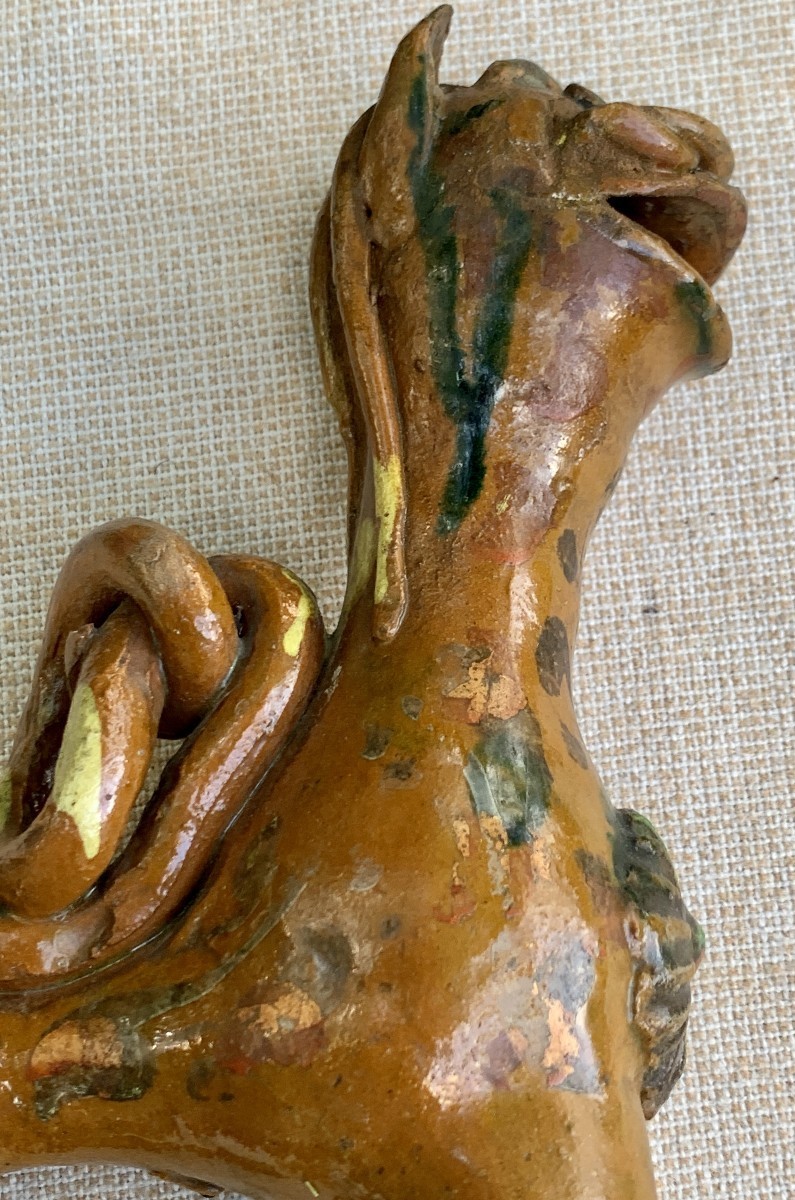


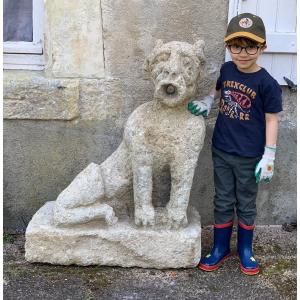
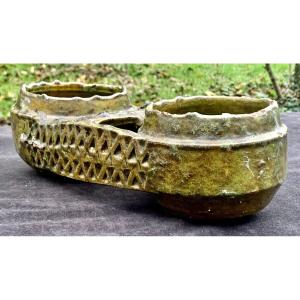
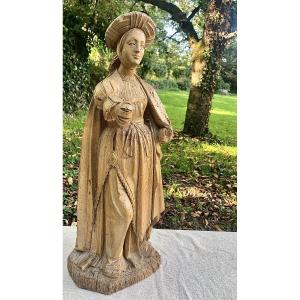
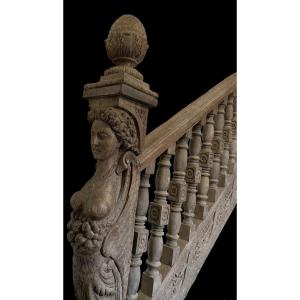

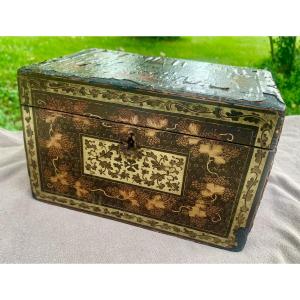

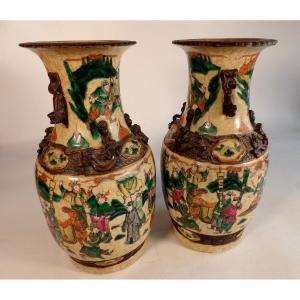
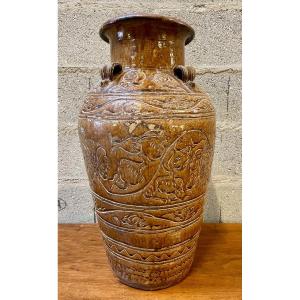

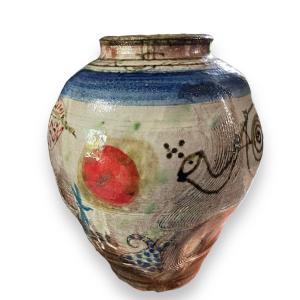
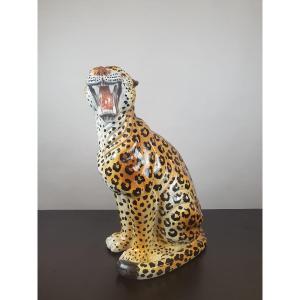



 Le Magazine de PROANTIC
Le Magazine de PROANTIC TRÉSORS Magazine
TRÉSORS Magazine Rivista Artiquariato
Rivista Artiquariato
